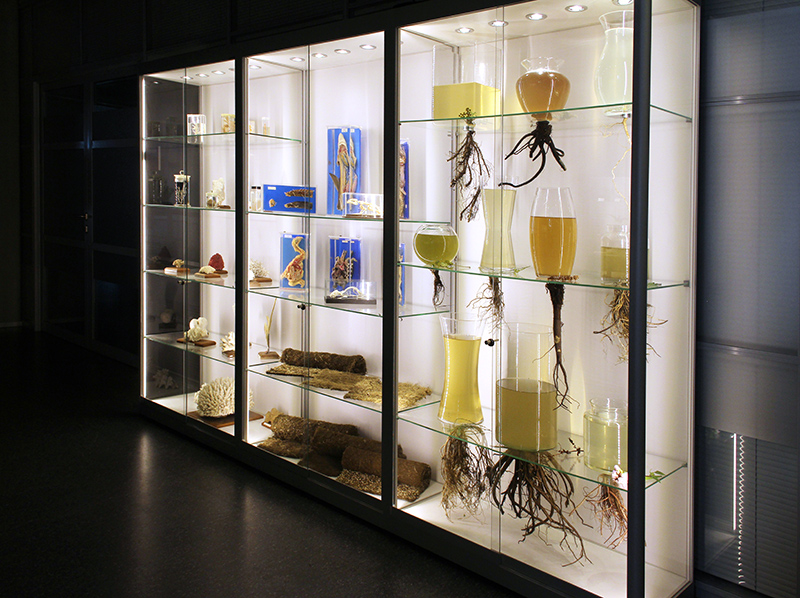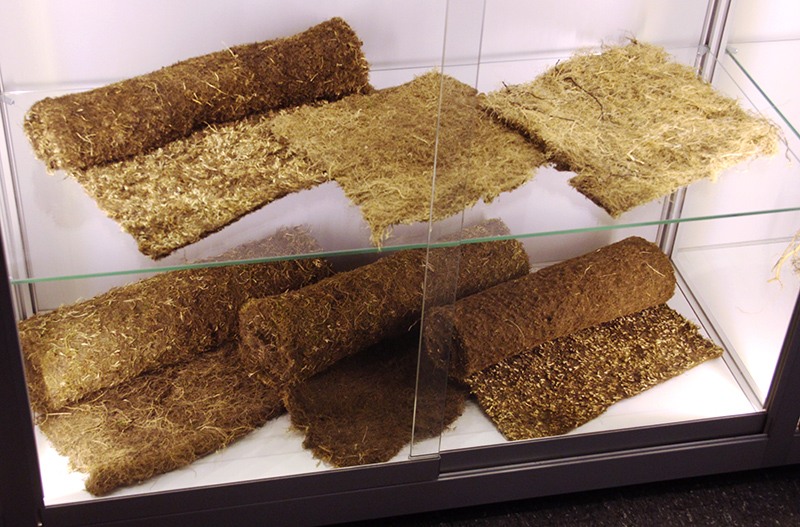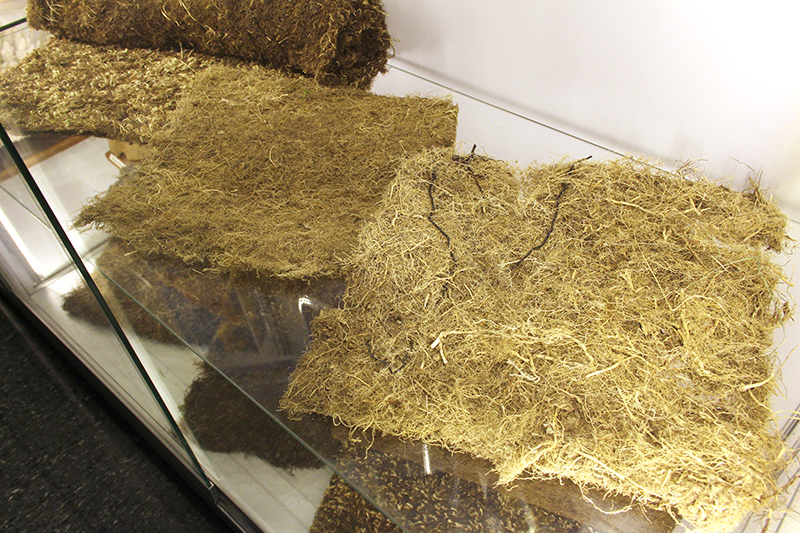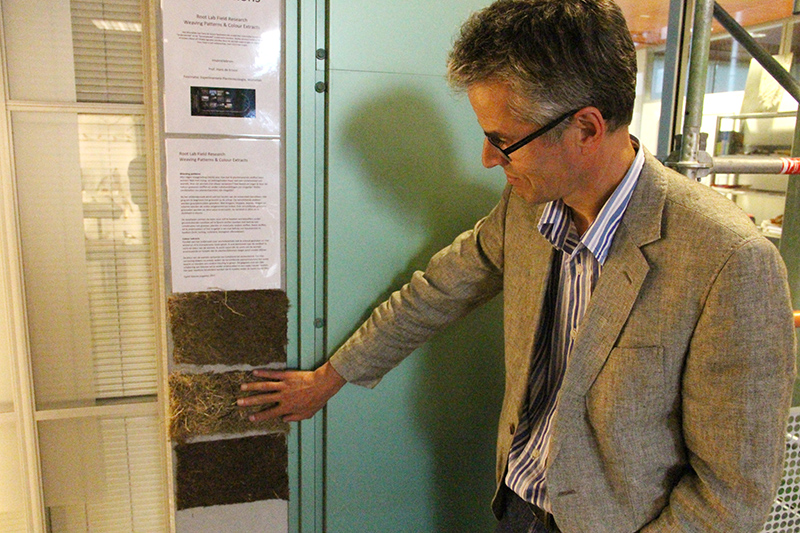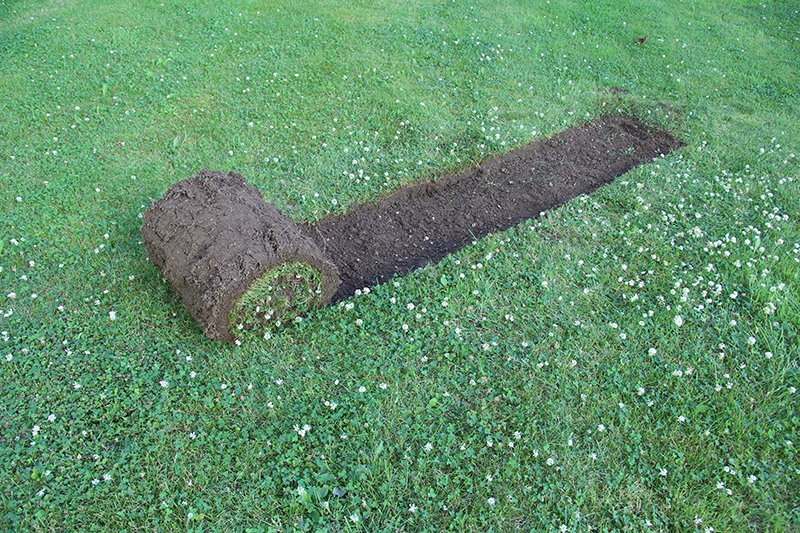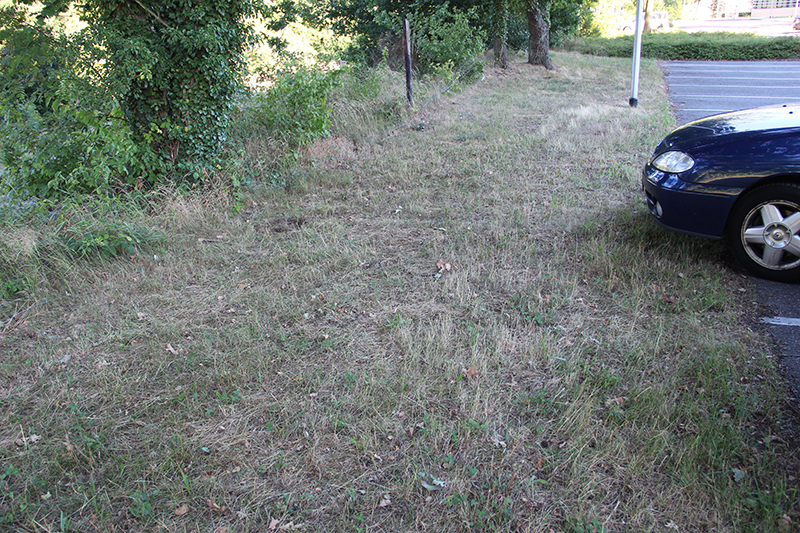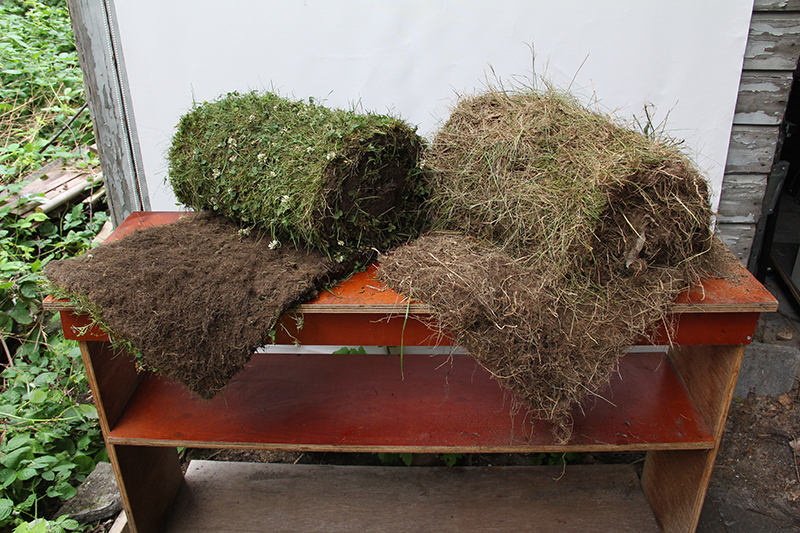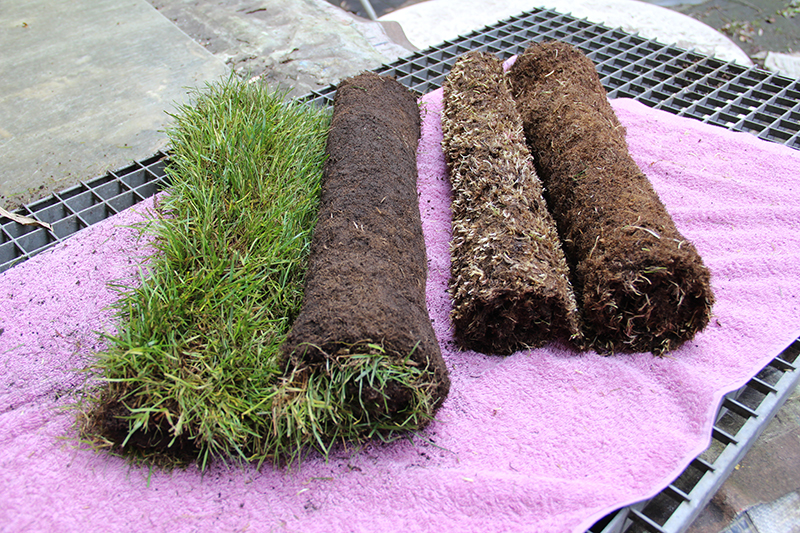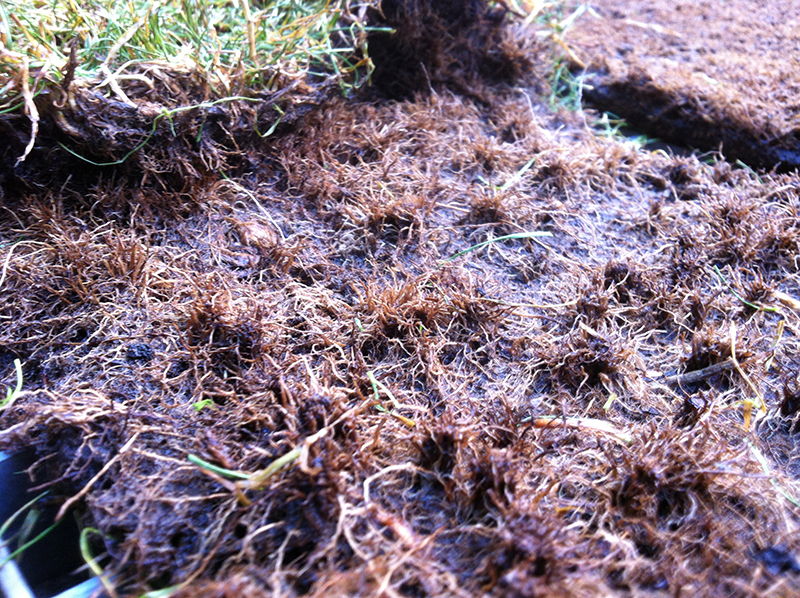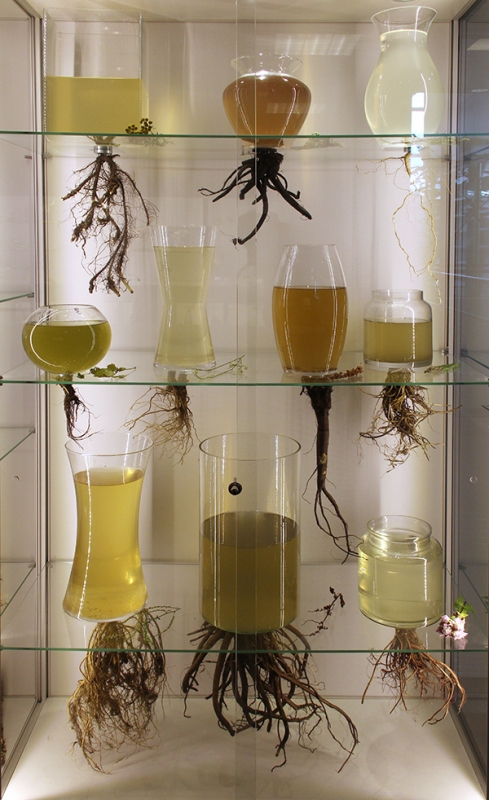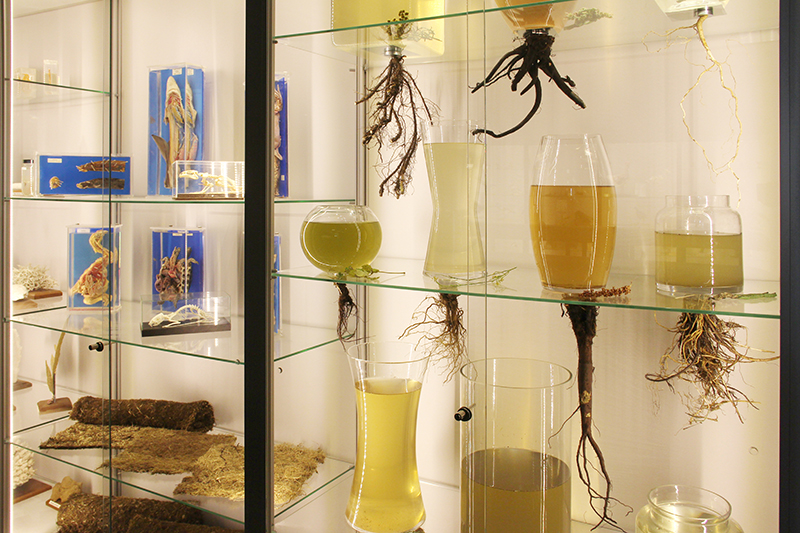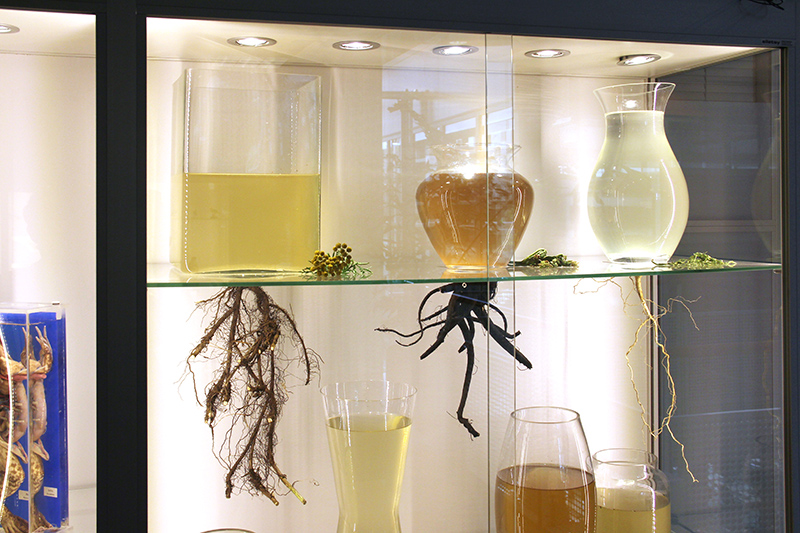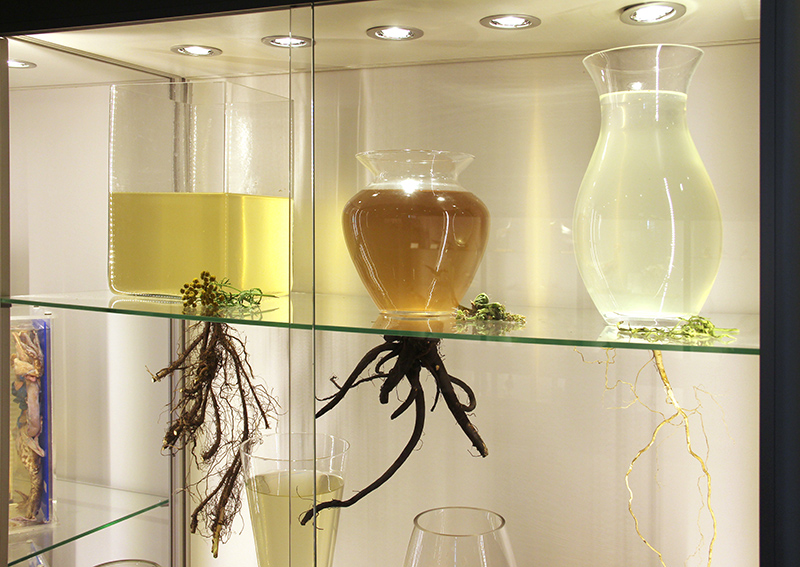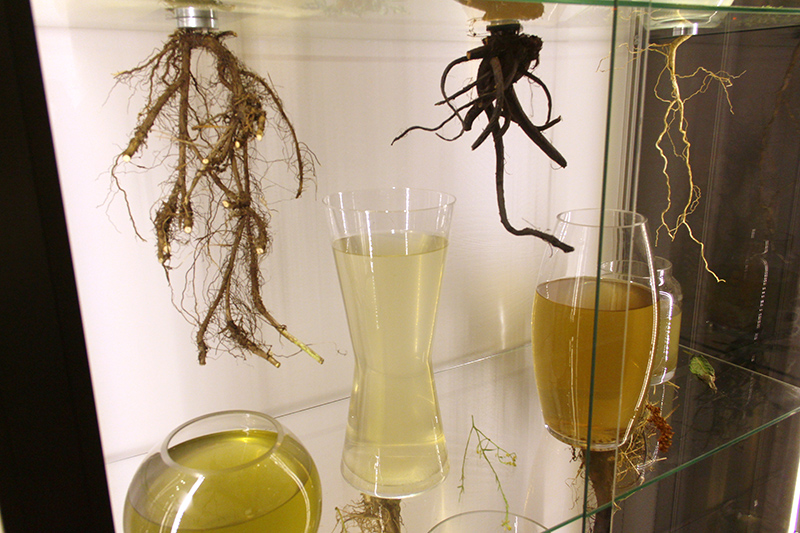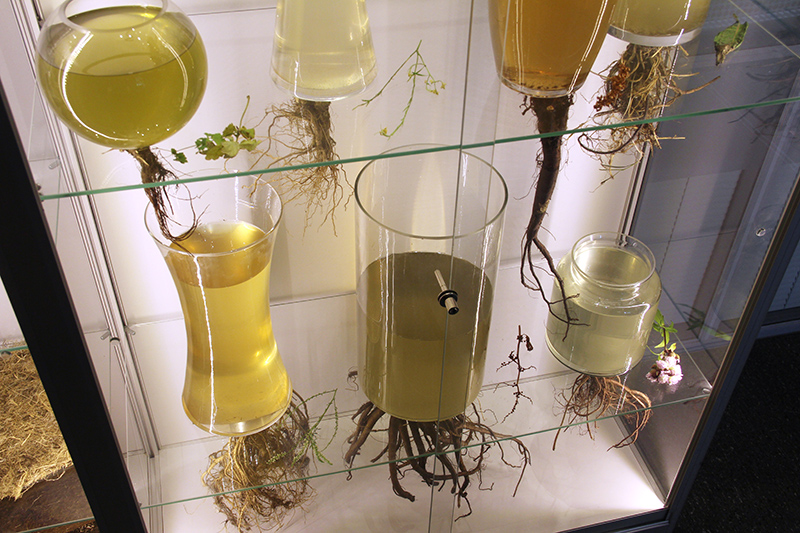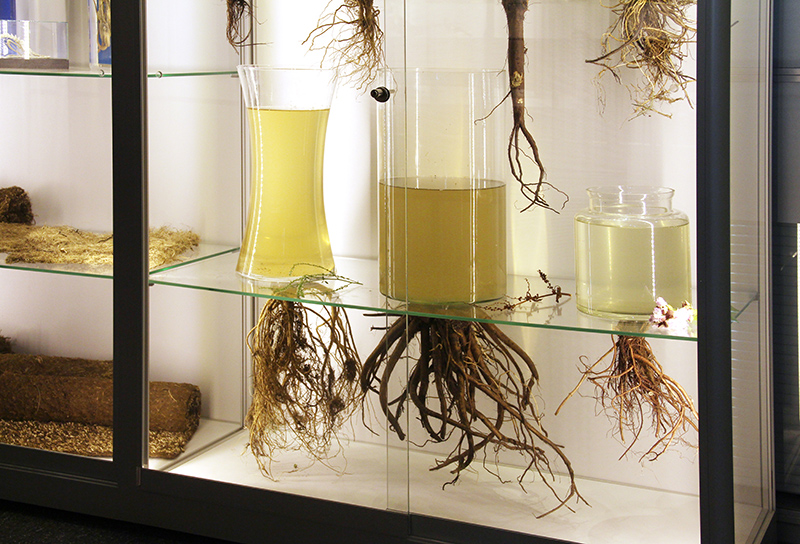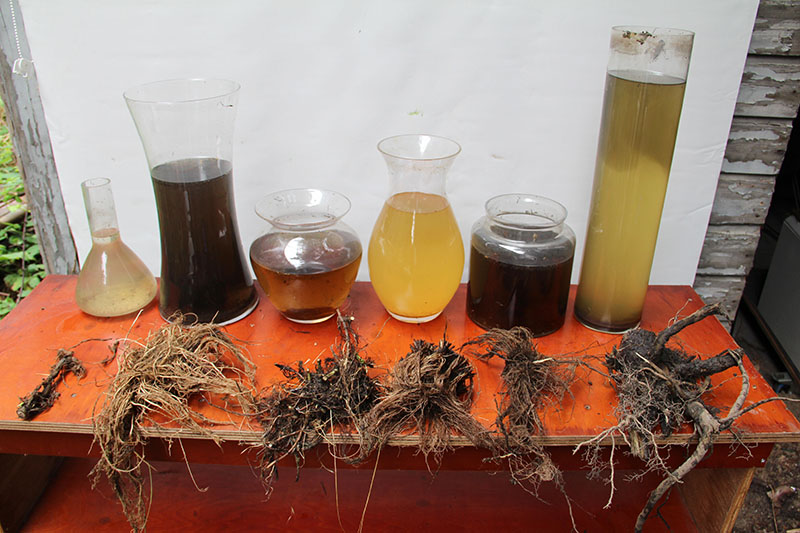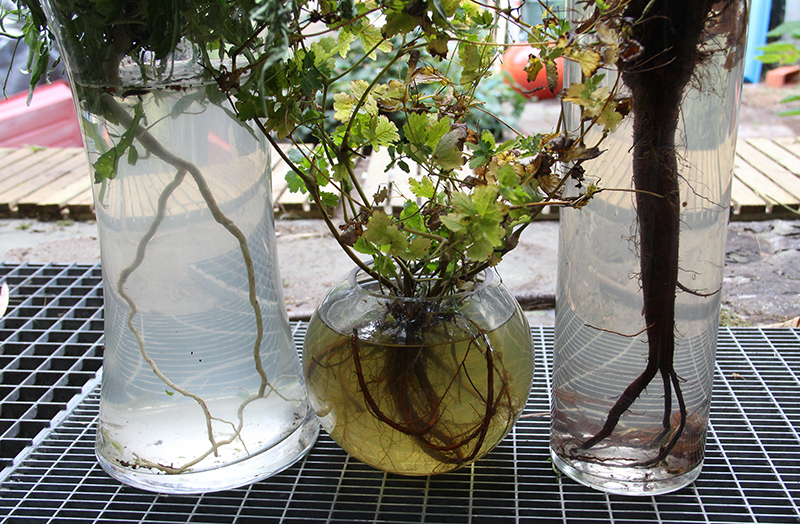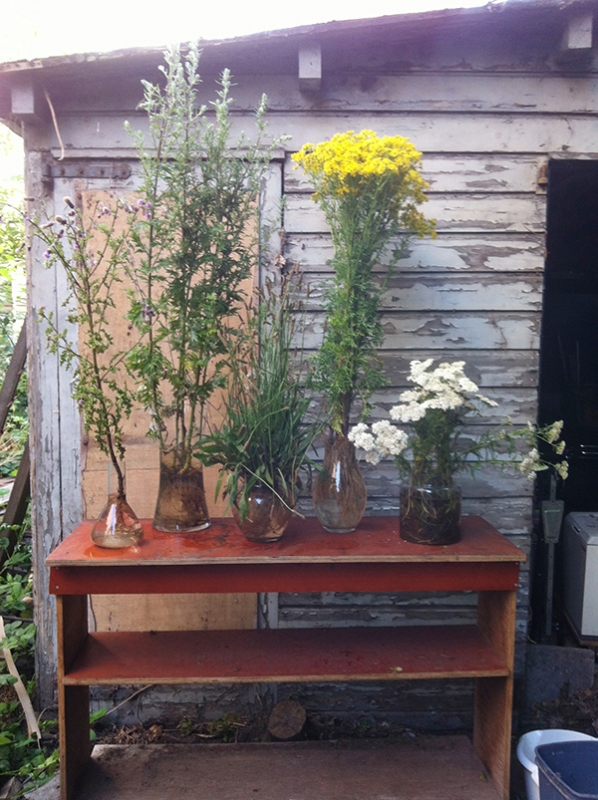Root Lab Field Research, Weaving Patterns & Root Extracts (2013)
Title installation: Rootlab Field Research Weaving Paterns & Root Extracts
Dimensions: 3 x 2 x 0,5 m
Exhibition: Art Meets Science | Art-Crumbles #10
Period: August 9th - 30th 2013
Location: Faculteit NWI, Radboud University, Nijmegen, Huygensgebouw, Heyendaalseweg 135, NL- 6525 AJ Nijmegen, the Netherlands
Rootlab, Field Research, Weaving Patterns & Root Extracts
Root Lab, Field Research
Egied Simons was fascinated by the interactions between the “world below” and the “world above”. What plants attract, what plants deter one another? What signals are sent out and received by the roots? (“For Professor Hans de Kroon of the Faculty of science, Radboud University Nijmegen, it is science, for Egied it is magic”).
Weaving Patterns, Field Research
How are plant roots interwoven? Not with warp and weft threads but with an assembly of roots. How can I harvest tissue from lawns and meadows? What type of treatment can I use to clean and preserve the weave? (cutting, washing, drying, shaving etc) What (combination of) plants (mostly grasses) produce the best rootweb? The next step would be to grow sophisticated rootfabrics himself. Egied used the garden plot of the university to harvest different tissues, he found a great variety in thickness, density and root types combinations.
Root Extracts, Field Research
Root Extracts
2013
Mixed Media
(vases, root extracts, roots)
100 x 200 x 30 cm
Root Extracts.
A variety of berm plants were put in vases that fitted the size and shape of their roots.
After a week the water of each plant produced a unique color.
The roots and their root extracts were combined in a new way to emphasize their unique shapes and colors.
The installation was placed in a showcase at the department of Experimental Plant Ecology. In this way it became part the artwork.
The vazes with the root extracts were placed on glass shelves, the roots were attached under the vazes.
The vases and the roots became one.
Root Lab Field Research, Weaving Paterns & Root Extracts.
Het Wortellab van professor Hans de Kroon fascineert me omdat hier interacties tussen de “onderwereld” en de “bovenwereld” onderzocht worden. Welke planten trekken elkaar aan of stoten elkaar af. Welke en signalen worden door de wortels opgevangen en afgegeven?
Voor Hans is het wetenschap, voor mij is het magie.
Weaving Patterns
Mijn eigen vraagstelling hierbij was: hoe kan ik plantenwortels stoffen te laten weven. Niet met inslag- en kettingdraden maar met een samenstelsel van wortels. Hoe zijn wortels met elkaar verweven? Hoe kweek en oogst ik door de natuur geweven stoffen en welke nabehandelingen zijn nodig? Welke combinaties van planten(wortels) zijn mogelijk?
Bij het velddonderzoek werd ook het terrein van de universiteit betrokken. Hier ging om te beginnen het grasveld op de schop. Op verschillende plekken werden gras/plantzoden gestoken. Met knippen, kloppen, wassen , drogen en scheren werden de zoden omgevormd tot textiel. Ook verschillende gekochte graszoden werden op deze wijze onderzocht. De variëteit in dikte en in dichtheid is enorm.
De resultaten vormen de basis voor zelf te kweken wortelstoffen, onder gecontroleerde condities wil fijnere stoffen kweken met behulp van combinaties van grassen, planten en eventuele andere stoffen. Naast stoffen wil ik onderzoeken of het mogelijk is om met behulp van wortels bouwstenen te kweken (licht, luchtig, issolerend en biologisch afbreekbaar).
Root Extracts
Bermplanten werden met wortel en al geplaatst in vazen die de vorm van de wortels accentueerde, ik hoopte dat de planten/bloemen langer goed zouden blijven.
Na enkele weken bleken de verschillende planten(wortels) het water waar ze in stonden een andere kleuring te geven.
Dit gegeven werd het uitgangspunt voor Rootlab Field Research Root Extracts
